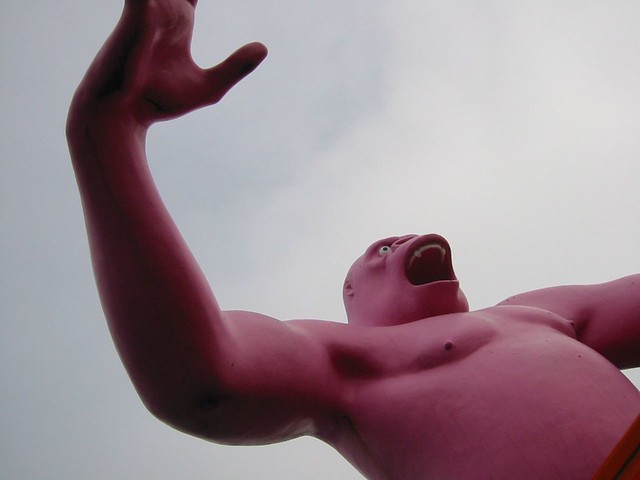I do a lot of editing on Wikipedia. Sometimes I approach someone connected with a subject I’m writing about (or the subject themself), and ask them to provide an “open licensed” image. In other words, an image whose copyright they own, but given a licence which allows anyone to reuse it, even for commercial purposes.

With a few exceptions, only images made available under such licences can be used on Wikipedia.
Creative Commons
The commonest form of open licence is Creative Commons — a set of legalistic prose documents which cover various ways of licensing images.
Some Creative Commons include “non-commercial” (“NC”) clauses; these are incompatible with Wikipedia, because people are allowed to reuse content from Wikipedia in commercial situation, such as in newspapers or in apps which are sold for use on mobile devices (provided they comply with other licence terms). The same applies to “no derivatives” (“ND”) clauses, which mean that people cannot edit, crop, recolour or otherwise change your picture when reusing it.
The Creative Commons licences compatible with Wikipedia are:
- Attribution Creative Commons (CC-BY)
- Attribution-ShareAlike Creative Commons (CC-BY-SA)
In which:
- “Attribution” means that the copyright holder must be given a credit
- “ShareAlike” means that if someone uses your picture, anything made with it must have the same licence

It’s important that anyone open licencing an image understands what that means. For example, Wikimedia (the organisation behind Wikipedia) suggests that people donating images are asked to agree to the following:
- I acknowledge that I grant anyone the right to use the work in a commercial product, and to modify it according to their needs, as long as they abide by the terms of the license and any other applicable laws.
- I am aware that I always retain copyright of my work, and retain the right to be attributed in accordance with the license chosen. Modifications others make to the work will not be claimed to have been made by me.
- I am aware that the free license only concerns copyright, and I reserve the option to take action against anyone who uses this work in a libelous way, or in violation of personality rights, trademark restrictions, etc.
- I acknowledge that I cannot withdraw this agreement…
(and yes, that wording has a CC-BY-SA licence!)
Which is the best licence to use?
That depends on the circumstances, but CC-BY-SA fits most cases, giving the re-user the greatest flexibility, while protecting the copyright holder’s right to be recognised.
So, how do I open-licence an image?
There are a variety of ways to open-licence an image. Here are some of the commonest:
- Upload your images to Wikimedia Commons, the media repository for Wikipedia and other Wikimedia projects
- Upload your images to Flickr, specifying one of the above open licences
- Upload your images to your own website, with a clear and unambiguous statement that they are under a specified open licence
My images are on Flickr, how do I change the licence?
To open-licence a single image in Flickr:

Selecting an open licence in Flickr's pop-up dialogue
- View the specific image
- Under “Owner settings”, alongside current licence setting (perhaps “All Rights Reserved”), click “edit”
- In the pop-up window, check one of the compatible licences
- Save
[Postscript: My friend John Cummings wrote an equivalent guide for YouTube]
Won’t I lose money doing this?

Not necessarily. Some commercial photographers release low- or medium- resolution copies of their images, and sell high-resolution copies, but most people take images for personal purposes, which have no commercial value, and for which they will never be paid. Open-licensing them enables the community to benefit, at no cost to the photographer. Think of open-licensing your images as a way of giving back to the community which has given you so many open-source tools, without which the web would not work.
If this post has inspired you to openly-licence your images please let me know, in the comments.
And yes you can use other people’s open-licenced images, including many of mine, free. Help yourself!
Caveat
Yes, I know there are other open licences, and more complex use-cases. This is intended as a beginners’ guide. A competent lawyer will be able to provide you with legal advice. I offer more general advice to institutions wanting to open-licence their images or other content, or to work with the Wikipedia community, as part of my professional services.
Licence
This post is available under a Creative Commons Attribution-ShareAlike (3.0 Unported) licence. Attribution should include a link to the post, or, in print, the short URL http://wp.me/p10xWg-jM.
Like this:
Like Loading...





